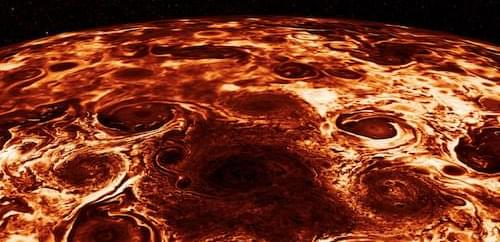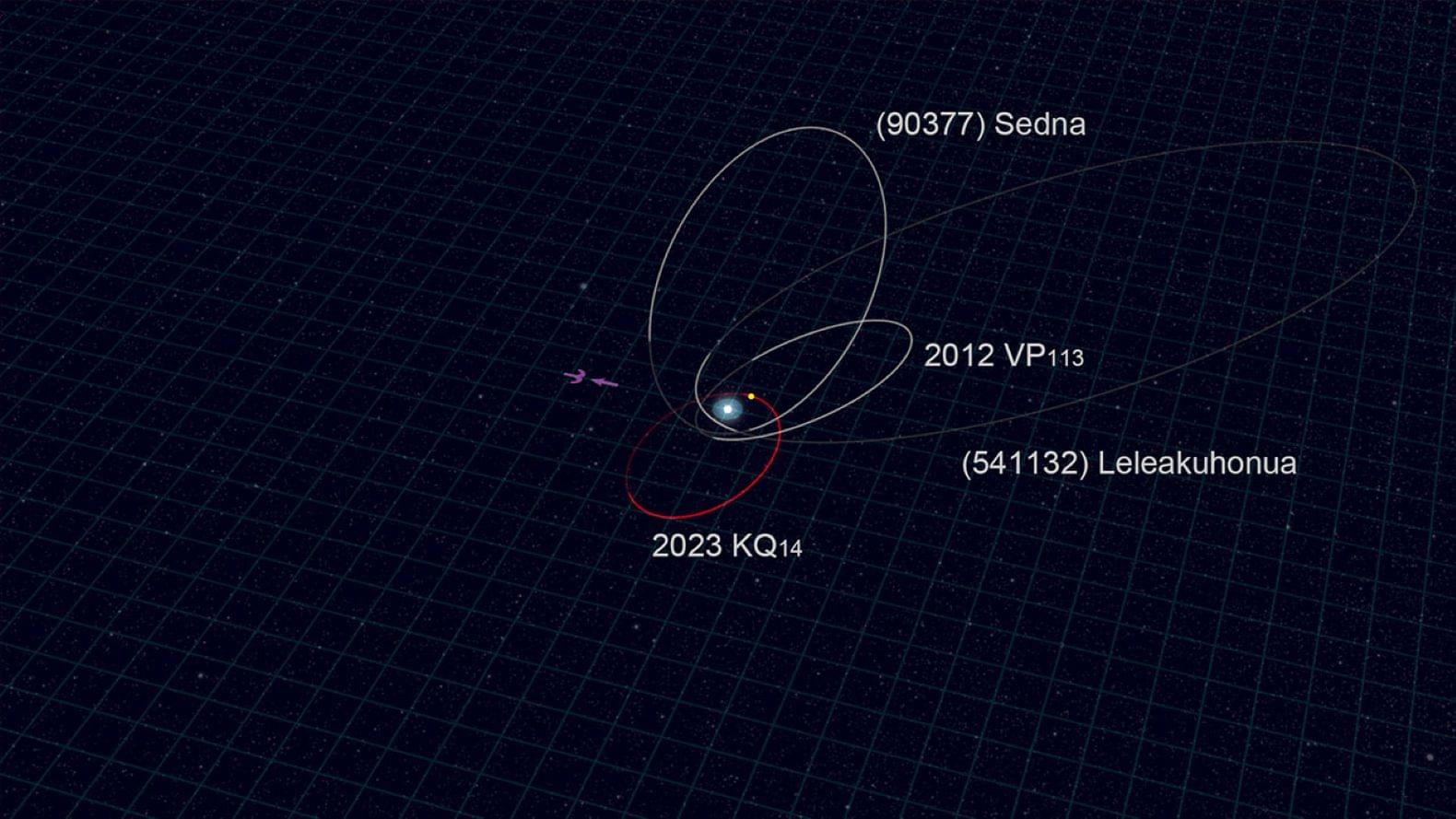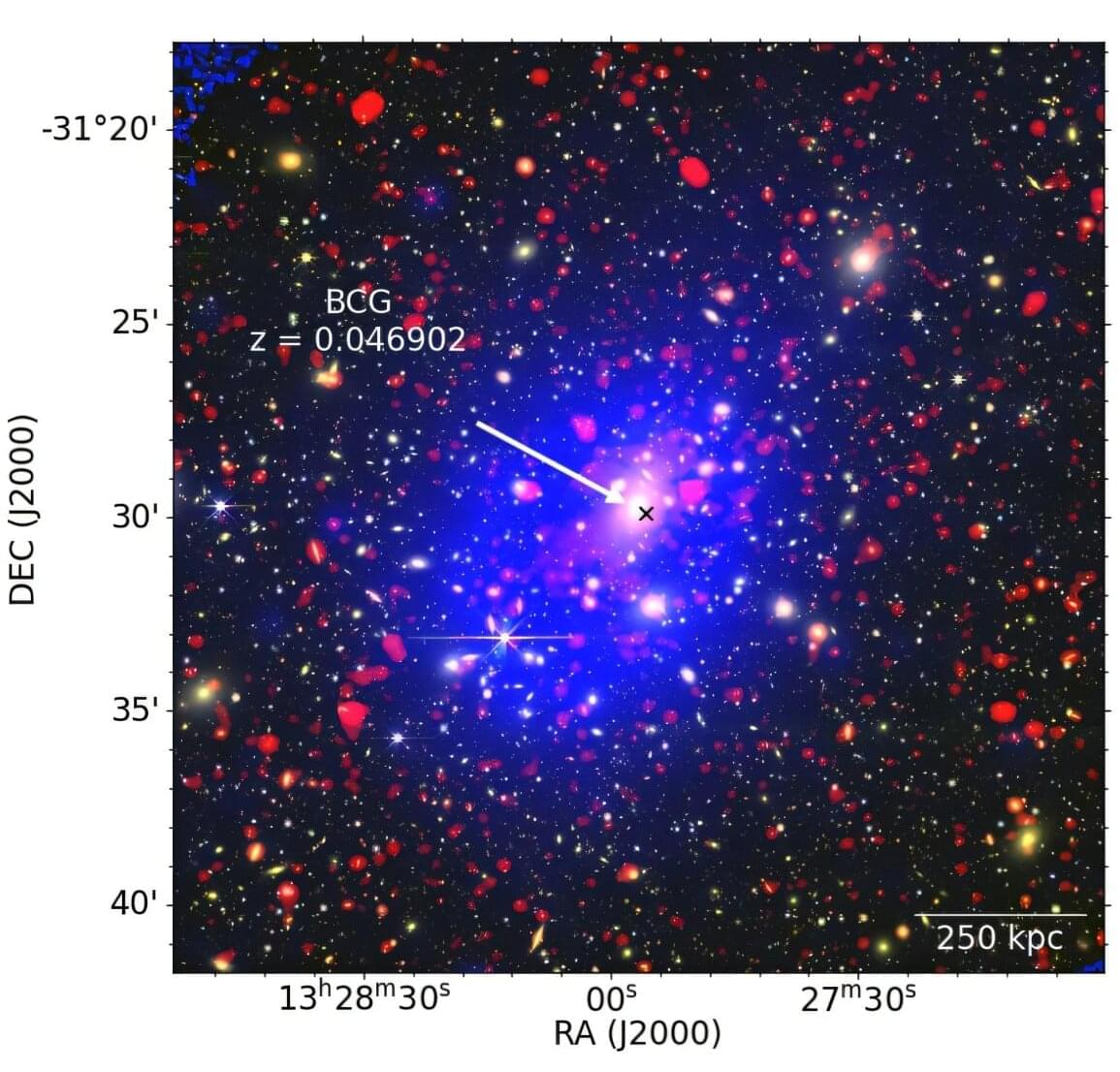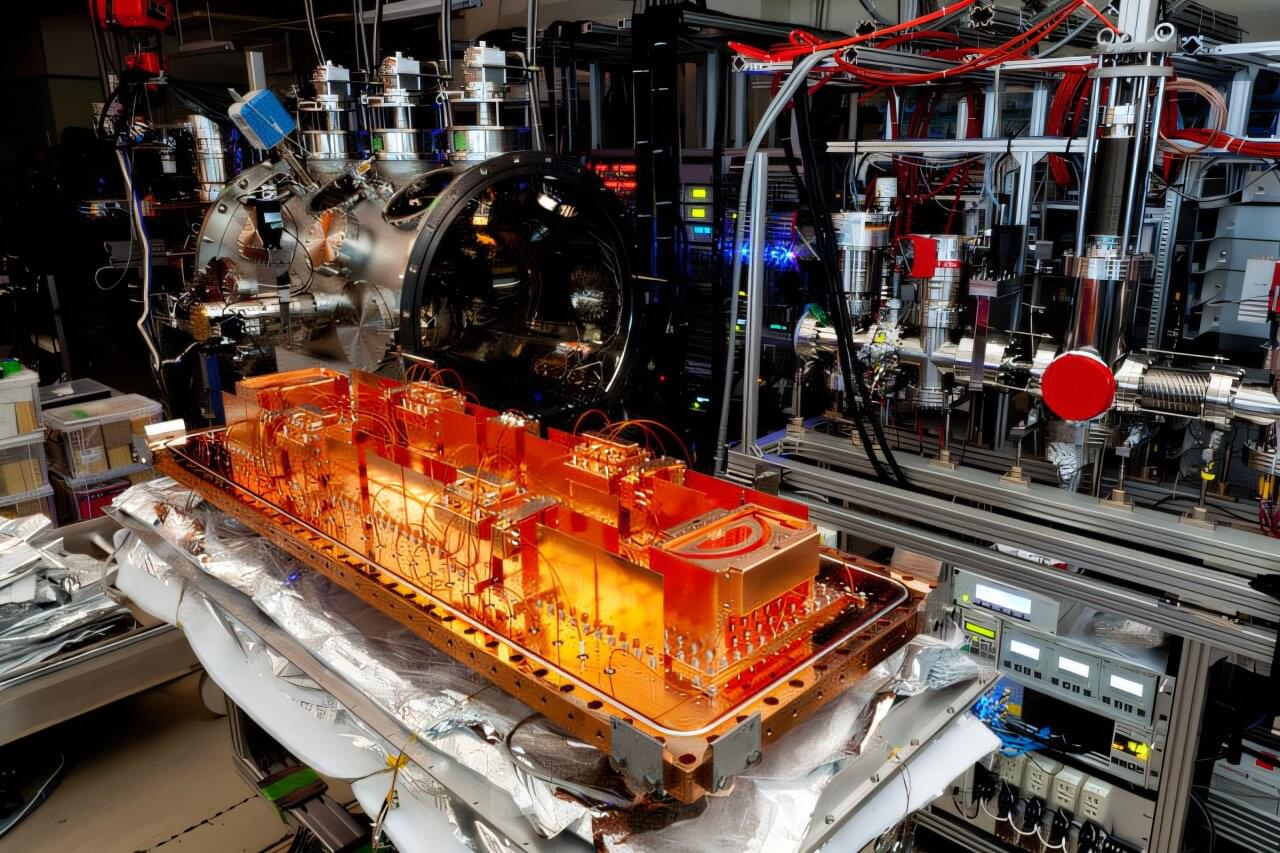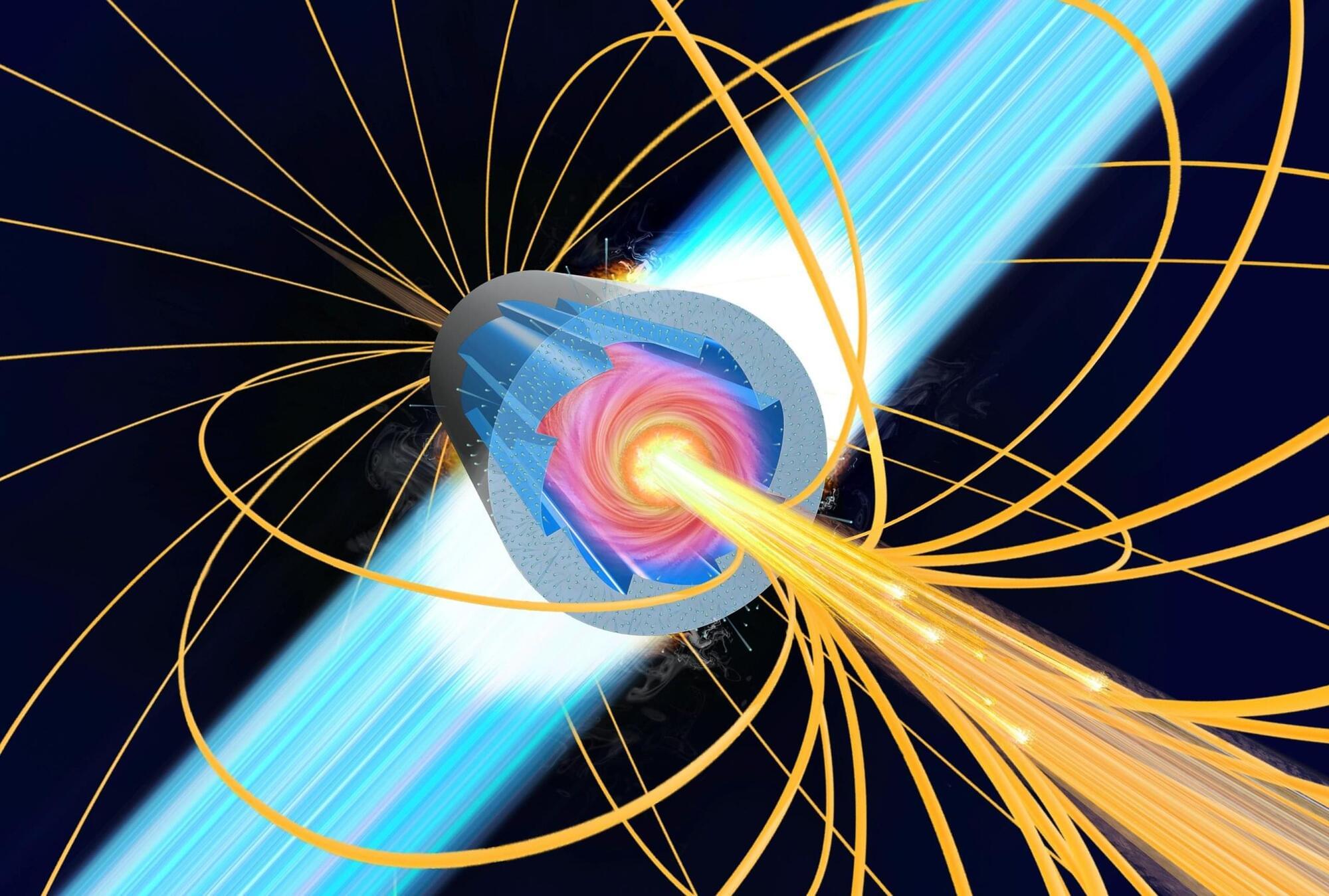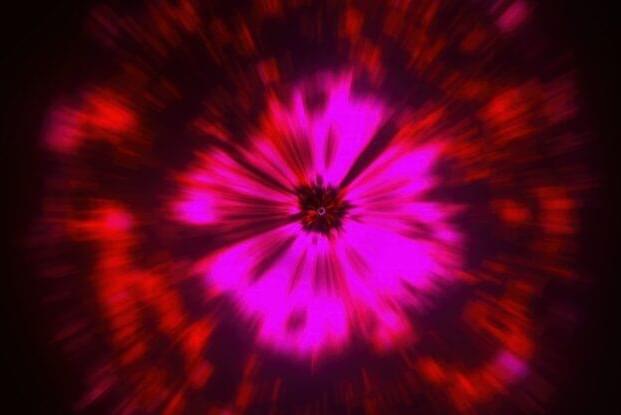Karl Friston, Michael Levin, and Chris Field sit down for an epochal conversation on cognition and consciousness.
Sponsor: Brilliant: https://brilliant.org/TOE for 20% off.
Patreon: https://patreon.com/curtjaimungal.
Crypto: https://tinyurl.com/cryptoTOE
PayPal: https://tinyurl.com/paypalTOE
Twitter: https://twitter.com/TOEwithCurt.
Discord Invite: https://discord.com/invite/kBcnfNVwqs.
iTunes: https://podcasts.apple.com/ca/podcast/better-left-unsaid-wit…1521758802
Pandora: https://pdora.co/33b9lfP
Spotify: https://open.spotify.com/show/4gL14b92xAErofYQA7bU4e.
Subreddit r/TheoriesOfEverything: https://reddit.com/r/theoriesofeverything.
Merch: https://tinyurl.com/TOEmerch.
CORRECTION:
- Chris Fields emailed me the following: “I referred to Peter Strawson when I meant to refer to his son, Galen Strawson, who has done the work on panpsychism.”
LINKS MENTIONED:
- Curt’s AMA #:3 https://youtu.be/SX9q2D6b5bc.
- Karl Friston #2: https://youtu.be/SWtFU1Lit3M
- Karl Friston #1: https://youtu.be/2v7LBABwZKA
- Michael Levin: https://youtu.be/Z0TNfysTazc.
TIMESTAMPS:
00:00:00 Introduction.
00:03:20 Michael Levin answers: “What do you respect about Chris / Karl?“
00:04:45 Chris Fields answers: “What do you respect about Michael / Karl?“
00:05:45 Karl Friston answers: “What do you respect about Chris / Michael?“
00:07:46 Self organization / Autopoiesis / Why does life form?
00:12:11 How does cognition emerge from smaller parts?
00:14:18 Why do we see “things” independent from one another? Why in space / time?
00:18:40 Relationship between cognition and consciousness.
00:22:03 The Meta Hard Problem.
00:30:37 Why is complexity associated with “awareness”?
00:35:56 Is society one large brain, with each person acting as a neuron?
00:44:17 Duality between: Did you act on the world? Or did the world act on you?
00:51:32 Babbling, and becoming a “self“
01:11:22 “300 milliseconds” is a special unit of time for consciousness.
01:15:49 Quantum Babbling.
01:21:49 The difference between “randomness” and “quantum randomness“
01:30:03 The difference between “external” and “internal” are both real and illusory.
01:33:41 Studying consciousness / the self and the concomitant existential dread.
01:48:19 Michael Levin: “Something important goes all the way down“
01:51:12 Science starts with faith.

